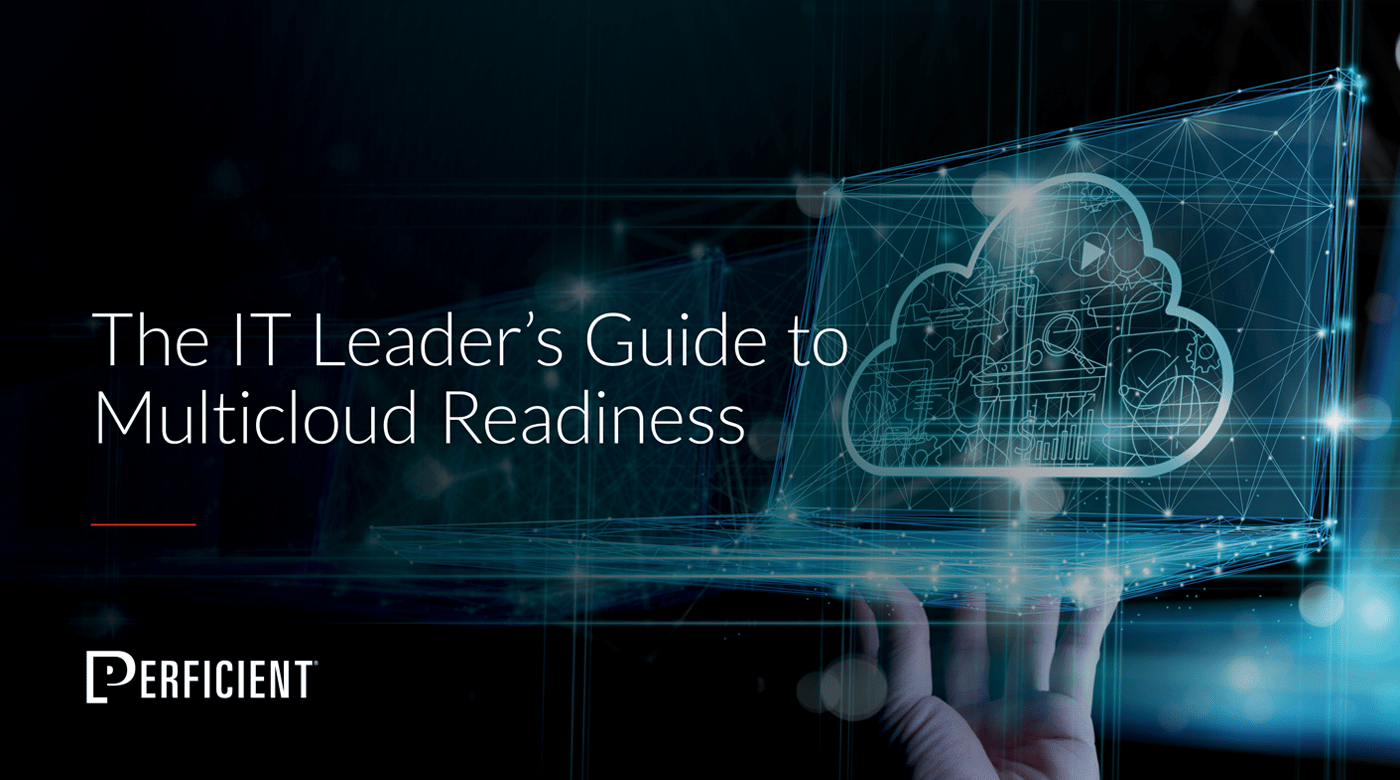Neetu Shah and Shiv Bharti (@shivbharti) spoke on, “Leveraging Oracle BI Applications Architecture to Meet Real-Time Reporting Requirements.” The focus was on how the next generation EIM Architecture will help you achieve your goals in this regard. I got the idea that the 45-minute time-frame really didn’t leave enough time to address the topics in the detail they deserve. Let me know if you have questions and we can go deeper on this admittedly high level review of the topic.

Neetu Shaw – Enterprise Information Solutions Principal Neetu Shaw provides strategic thought leadership in developing and implementing a common EIM framework for clients.
Agenda:
- Building a unified information architecture
- Oracle BI applications overview
- What is real-time BI
- OBIEE Metadata
- Q&A
Building A Unified Information Architecture
If you are talking about changing the business, you are talking about innovation. That means you need to take a different approach to Neetu showed a reference archtiecture that combines traditional datawarehouse / BI and Big Data.
- Promotes a unified vision for info management and analytics
- Prioritzed by business need
- Adaptive to business change
- driving agile value from raw data assets
- Quickly establishes consensus on the scope of your EIM solution without being distracted by technical details
- paints the “Big Picture” for internal communications to build support

You need to ensure your logical architecture to match your logical to physical it will include the following:
- Operational applications, business processes, services and portals
- Webcenter Portal
- Oracle BPM Suite
- Oracle applications
- Analtytic applications
- Oracle BI applications
- Oracle Financial Analytics
- etc
- Real time rules engine
- Oracle Hyperion Enterprise Performance management
- Presentation services
- Sense & Response
- Logical data warehouse
- Data ingestion
- Operational data sources
Enterrprise transformation will give you a listing of
Oracle BI Applications Overview
When you talk about Oracle BI, you are talking about a platform which many know as OBIEE. It includes query, analysis, dashboarding, search, and mobile BI capabilities. It’s the default data solution for tools like Siebel, JD Edwards, etc.

 One of the nice things about Oracle BI applications is ‘conformed dimensions’ like customer, products, supplied, internal organizations, etc. This gives you the ability to model the business on front and back end applications. The pre-built applications:
One of the nice things about Oracle BI applications is ‘conformed dimensions’ like customer, products, supplied, internal organizations, etc. This gives you the ability to model the business on front and back end applications. The pre-built applications:
- Has 370 fact tables. These are star schemas
- comes with pre-built extraction logics to tools like EBS, Peoplesoft, JD Edwards, etc.
- 595 dimension tables. You get pre-mapped metadata and best practice calculations and metrics.
- 8,200 pre-built metrics, dashboards and reports
What is the overall value?
This functionality and pre-built components lower your implementation time from quarters/years to weeks or months. Most of the savings comes from back-end ETL and mapping but you also get savings with DW design and defining the metrics and dashboard tasks.This assumes that you leverage the pre-built BI applications.
What is Real-time BI?
Real time business intelligence (RTBI is the process of delivering information about business operations as they occur. Real time means near zero latency and access to information whenever it is requited. (wikipedia)
- Access to POS transactions
- Operation reports for business depend on timely deliveries
- Need up to date information with real-time data
There are plenty of examples where real-time information can help your business, especially when trying to target
OBIEE Metadata Modeling for RTBI
Scenario: show me a real time view of order amount by customer and product. This means you have to pull from an OLTP db and an OBAW systems. (transaction and historical data)
Shiv got fairly complex at this point so I’ll get the presentation and link to it so you can see the examples. Shiv started with the assumption that you go with the pre-built and then customize from there. The customized components are only the views that have real-time value.

Business model layer: Collapsed multiple logical sources into one table. They are all one dimension. Shiv added a new view for the items you want to do real-time analytics. Similarly, you have to do the mapping on product dimension from the transaction system as well.
Presentation layer: based on the modeling steps you just completed, OBIEE will fire off two queries to the transaction and historical systems to get access to the data.
Architecture: Shiv showed a three-tier architecture. They use Golden Gate source and target servers.
Keep in mind, the newer BI Apps user a new persistence state table with Golden Gate to make this easier.

